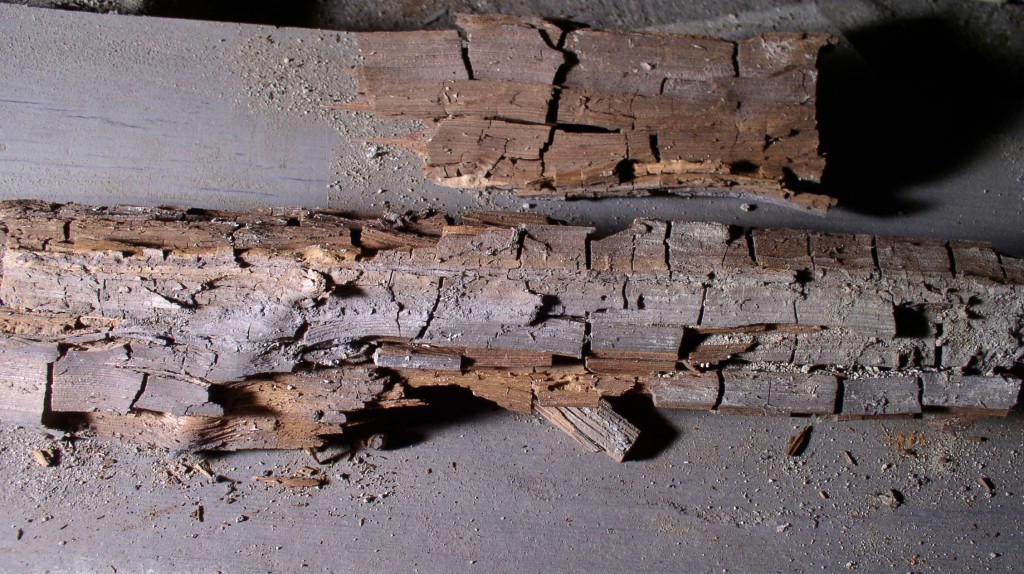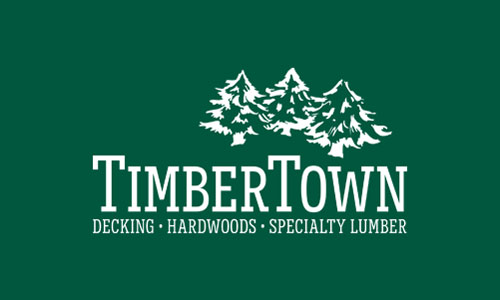Wood + Water = Decay (rot)
It’s a simple equation that can cause a lot of damage. Wood rot can ruin a deck quicker than just about anything save termites. It’s important that wood rot is caught early and taken care of as quickly as possible to minimize the damage.
There are actually three types of wood rot that can occur. Being able to properly identify the rot will help you decide the best plan of action for rectifying the situation.
Brown Rot
Parts of Wood it Damages: Cellulose and hemicelluloses
How it Affects Wood: Rapid strength loss – up to 80% depending on the type of wood / Cracks wood against its grain / Causes wood to split
Moisture Content Conducive to Decay: 20%+
Visible Signs: Brown rot is often referred to as “dry rot” because overtime the affected wood will become so deprived of nutrients that it will take on a dry or powdery appearance.
White Rot
Parts of Wood it Damages: Cellulose, hemicelluloses and lignin
How it Affects Wood: Significant strength loss
Moisture Content Conducive to Decay: 20%+
Visible Signs: This rot gets its name because affected wood will get white spots where rotted. It can range from whitish to gray or yellowish in color. Wood with white rot will feel spongey.
Soft Rot
Parts of Wood it Damages: Cellulose, hemicelluloses and lignin
How it Affects Wood: Significant strength loss, but slower degradation than other two types of rot.
Moisture Content Conducive to Decay: 20%+
Visible Signs: This is the rarest type of wood rot. The cavities it forms are within the wood. However, you may see cracking and discoloration similar to brown rot.
Rot Isn’t Mold
It’s worth noting that rot, or decay, is different than mold. Mold and mildew affects the surface of decking and can be removed with proper cleaners. Rot on the other hand grows within the wood causing it to lose structural integrity and strength.
However, mold and mildew is a sign of potential water problems. It can also make the wood more susceptible to the bacteria that causes rot.
The longer wood rot is left untreated the more severe and widespread the damage will become. More damage means more cost to repair. Typically, if signs are starting to show on the surface then damage is serious within the wood. At the first sight of possible wood decay you should carefully inspect the deck, including underneath the decking when possible. Avoid walking on portion that have been affected and begin replacing the affected wood as soon as possible.
Original Source: https://timbertownaustin.com/maintenance/how-to-identify-the-three-types-of-wood-rot





3 comments on “How to Identify the Three Types of Wood Rot”